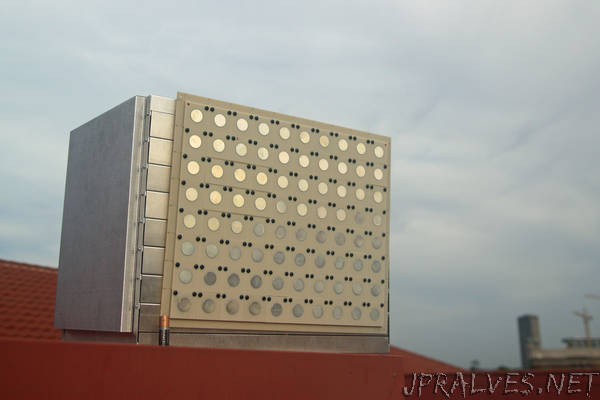
“Rice University researchers will help create the world’s first fully programmable and observable wireless communications network in Salt Lake City as part of a national effort to prepare for a rapidly approaching time when virtually everything will demand wireless data.
Rice’s Reconfigurable Ecosystem for Next-gen End-to-end Wireless (RENEW) technology will underlie a city-scale wireless test platform for telecoms, tech companies and research institutions announced today by the University of Utah. The Platform for Open Wireless Data-driven Experimental Research (POWDER) will allow wireless researchers, equipment makers and application developers to conduct tests with up to 40,000 users over a 5-square-mile area that includes much of the University of Utah campus and downtown Salt Lake City.
POWDER and a complementary test bed in New York City were announced today as the United States’ first wireless test networks large enough to cover a small U.S. city. They are funded by the National Science Foundation (NSF) and industry consortium partners in NSF’s Platforms for Advanced Wireless Research (PAWR) effort.
“The biggest challenge for the future of wireless communications is not data speeds but scalability, in every sense,” said RENEW project leader Ashutosh Sabharwal, professor of electrical and computer engineering at Rice. “There will be order-of-magnitude increases in network nodes, number of users and types of applications. And these networks will have to be everything to everybody. They’ll be the backbone connection not just for our smartphones, but for self-driving cars; the lights, water mains and buildings of smart cities; and every imaginable sensor and gadget.”
For example, market intelligence firm IDC expects that by 2025 more than 152,000 internet-enabled devices will go online each minute. Many of those devices will connect wirelessly, and the exponential growth in demand for wireless data contrasts with the finite availability of radio spectrum. Rice researchers on the RENEW team have spent years studying ways to serve more data to more devices with available spectrum.
RENEW will incorporate a number of technologies developed at Rice’s Center for Multimedia Communications, Texas Southern University’s Virtual and Remote Laboratory and the University of Michigan’s MobiLab. These include “massive MIMO,” an industry acronym for “multi-user, multiple-input, multiple-output,” a transmission scheme that uses base stations with hundreds of antennas to simultaneously serve many users on the same frequency. RENEW will leverage Argos, a fully programmable massive MIMO system developed at Rice and commercialized by Rice spinoff company Skylark Wireless.
“RENEW is the wireless platform that will be used to invent the future,” Sabharwal said. “We’re looking forward to working with our partners at the University of Utah’s POWDER test facility to get the network up and running as soon as possible.”
PAWR is a $100 million effort launched in 2016 as part of the Advanced Wireless Research Initiative. The design, development, deployment and initial operations of PAWR research platforms are being overseen by the PAWR Project Office, which is funded by NSF and run by US Ignite Inc. and Northeastern University.
NSF has committed $50 million over the next seven years to the PAWR effort, and the PAWR Industry Consortium, which includes equipment vendors, device manufacturers and wireless carriers, has committed $50 million in cash and in-kind contributions that include equipment, expertise and human resources.
The RENEW team includes co-principal investigators Joe Cavallaro, William Deigaard, Edward Knightly and Lin Zhong, all of Rice; Xuemin Chen and Wei Wayne Li, both of Texas Southern; and Morley Mao of the University of Michigan.”
